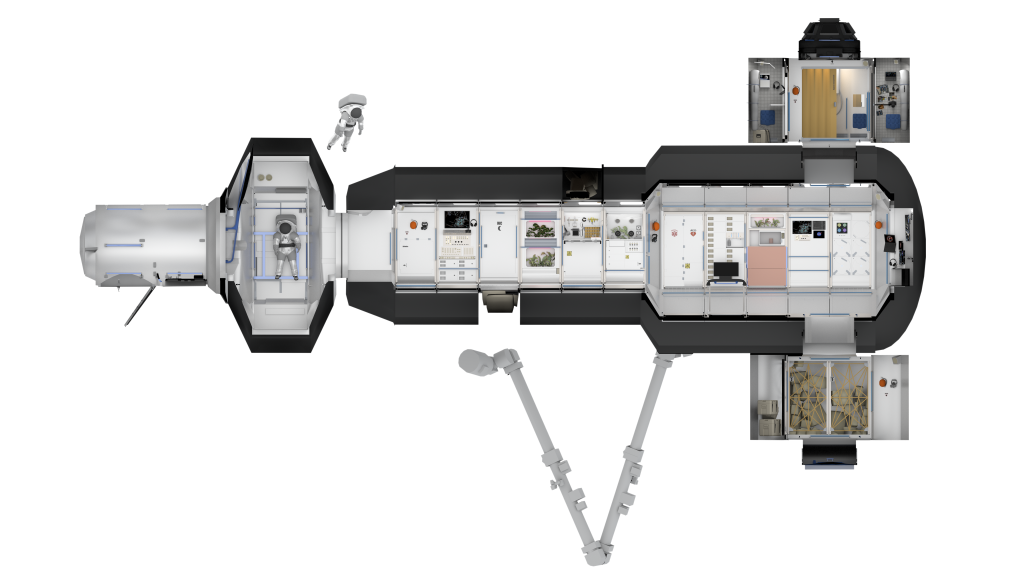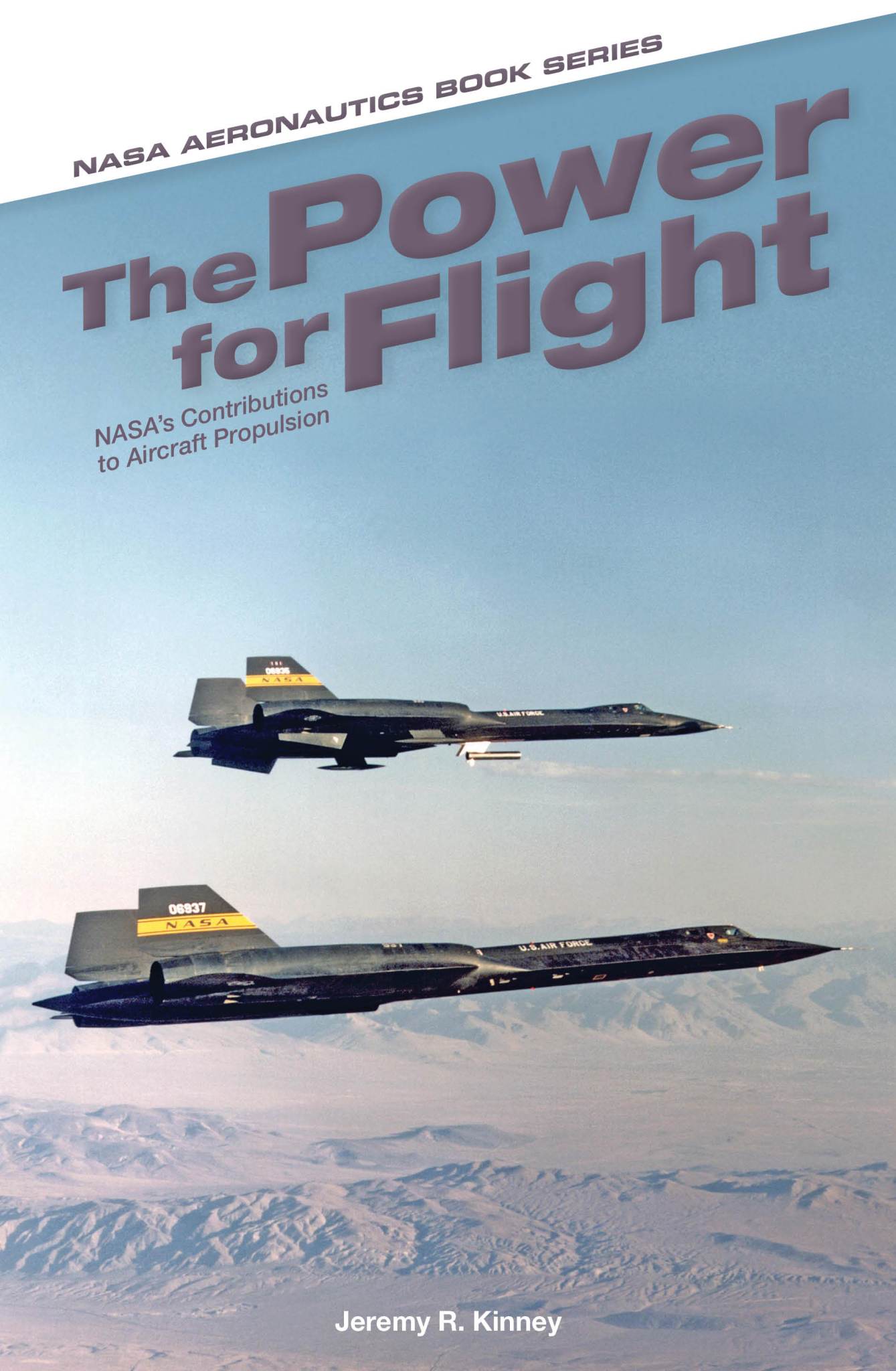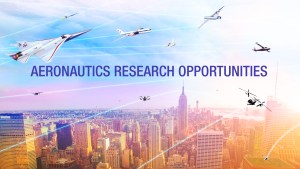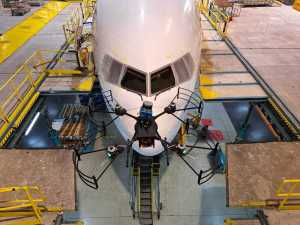Aircraft propulsion technology provides the power for flight. Since 1958, NASA researchers have pushed the boundaries of the design of power plants for both subsonic and supersonic flight. Innovations that emerged from NASA programs contributed to the development ultra-high bypass turbofans, advanced turboprops, and refined systems reflecting the desire for more efficient, quieter, cleaner, and safer engines. In the process, the agency played a major role as an innovator, facilitator, collaborator, and leader as it interacted with industry and other federal agencies to address fundamental problems facing American society. As a result, the U.S. aircraft propulsion industry has consistently led the world in the development of new technology with improved performance, durability, environmental compatibility, and safety.
The Power for Flight is a survey of NASA’s work in aircraft propulsion from its origins as the National Advisory Committee for Aeronautics (NACA) to the early 21st century. It introduces NASA’s role in the technology while taking into account economic, political, and cultural dimensions. In these pages, you will meet members of a national aeronautical community that shaped aircraft propulsion. The dramatic development and use of aircraft propulsion technology were the result of a communal response to challenges and concerns that tell us much about the priorities, goals, and determination of a society that needed engines and related systems for military, commercial, and general aviation.
Kindle readers: MOBI [9.7 MB]
All other eBook readers: EPUB [9.5 MB]
Fixed layout: PDF [5 MB]

































